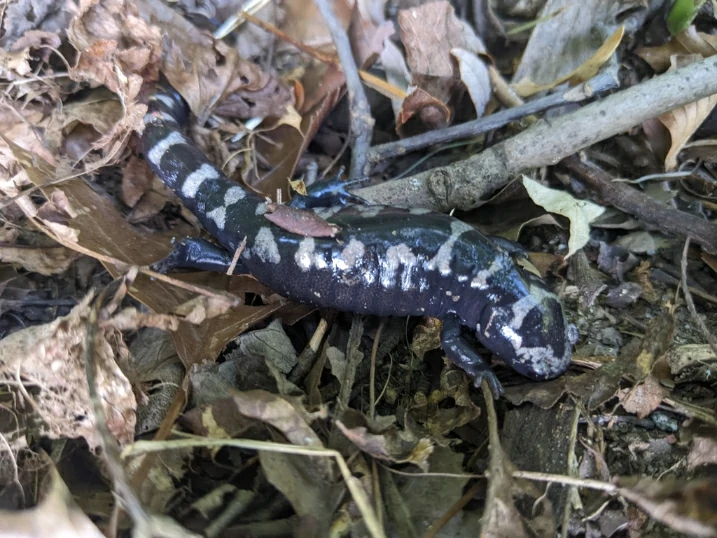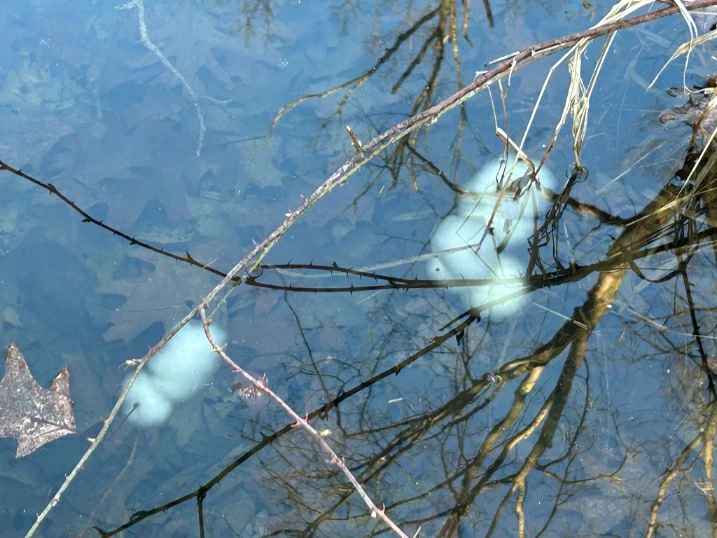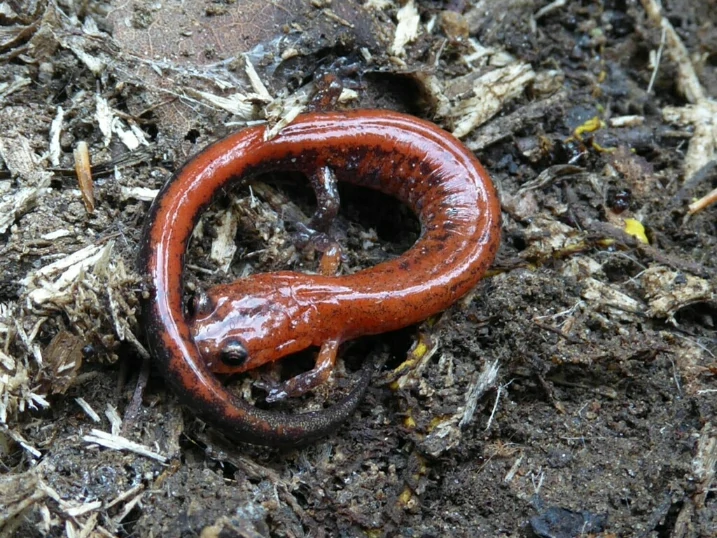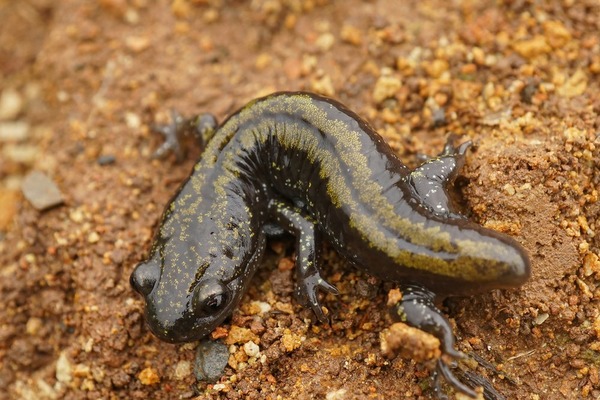Where Do Salamanders Hibernate?
Salamanders are fascinating amphibians that often disappear as colder months approach. When temperatures drop and food becomes scarce, they enter a state called hibernation. But this raises an important question: where do salamanders hibernate? Salamanders usually hibernate in moist, protected places like underground burrows, beneath logs or rocks, in leaf litter, or underwater where they … Read more










